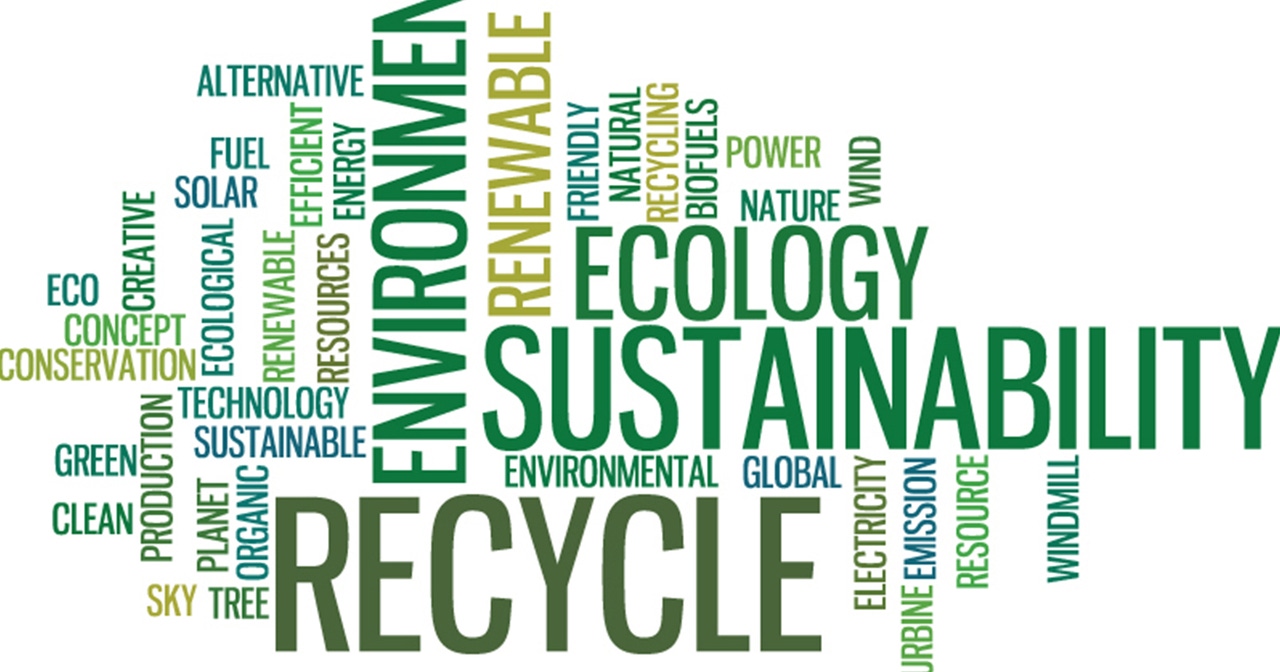How Grocers Can Boost Sustainability, Store Traffic and ProfitsHow Grocers Can Boost Sustainability, Store Traffic and Profits
TES increases energy efficiency and supports sustainability to enhance public perception. Sustainability and profits in the grocery industry can go hand-in-hand when the right tools are utilized.
March 7, 2019

Sustainability and profits in the grocery industry can go hand-in-hand when the right tools are utilized. With more consumers concerned with sustainability, their choices of where to shop are influenced by stores’ commitment to environmental efforts. Being more sustainable is also better for the planet and society and can lower operating costs.
Customers are looking for sustainability
Grocers’ sustainability efforts drive customer behavior. According to Technomic’s 2018 Generational report, social responsibility is a traffic driver for Gen Z consumers. Achieving and mindfully promoting sustainability milestones can encourage more shoppers and more sales, too. And survey data from EY finds that 35% of consumers say that stores being energy efficient is important in choosing where to shop, while 29% say the same about stores that highlight having a small carbon footprint. With this in mind, grocers are implementing sustainability initiatives with aggressive goals.
Now, the question is: How can grocers meet those sustainability goals and improve profits while doing so?
Energy use is a large part of grocery sustainability
One key component of all sustainability programs is minimizing energy use, and energy improvements can also help drive profits. Energy Star, a joint program under the U.S. Department of Energy and the Environmental Protection Agency, estimates that $1 of energy savings is equal to $59 of sales. Energy is often the second highest operating cost for stores and distribution centers, and in utility service areas with peak demand or time-of-use fees energy use during these periods can comprise up to 70% of the electricity bill. Cold storage facilities such as frozen food warehouses and walk-in freezers require the highest energy demand per cubic foot of any industrial category on the grid.
TES technology for sustainability and lower energy costs
With the proper technology, reaching sustainability goals can cut costs across an organization. One such technology is Thermal Energy Storage (TES) from Viking Cold Solutions, Inc. TES is installed in frozen food distribution centers and walk-in freezers to add an average of 26% more energy efficiency, improve temperature stability, and provide the flexibility to safely cycle off refrigeration for up to 13 hours per day.
Viking Cold’s TES systems are comprised of individually sealed cells filled with environmentally friendly phase change material (PCM), intelligent controls and 24/7 cloud-based monitoring, notification and reporting software. The intelligent controls balance the need for active refrigeration and the facility’s temperature requirements. When the refrigeration system is cycled off, the PCM absorbs up to 85% of the heat infiltration and releases cold that falls across the food to maintain temperatures. When energy prices are lower and the room temperature nears the upper limit, active refrigeration is restored to “recharge” the system. During recharge periods refrigeration systems operate much more efficiently due to the heat being consolidated inside the PCM directly in the airflow, running refrigeration more during cooler hours of the day, and the high heat transfer rate of the PCM.
“There are tremendous opportunities for grocers to add efficiency, improve temperature stability, better protect product, and more quickly meet sustainability goals with thermal energy storage,” says Damon Vance, director of marketing at Viking Cold Solutions. “If a grocer wants to lower costs and promote its sustainability program, one place to start is with the energy hogs of the cold chain—their freezers.”
“Imagine knocking out 26% of the energy consumption in all the freezers across an operation. That takes a big chunk of energy off the table.”
Distribution center energy saving case study
Viking Cold Solutions conducted a Measurement and Verification (M&V) study of its TES technology that was installed in a 93,000-square-foot industrial low-temperature cold storage warehouse in Richmond, California.
The objectives of the M&V study were to determine the effectiveness of TES on energy efficiency and temperature stability with an ammonia-based refrigeration system.
The M&V study concluded that during a daily 13-hour peak period, TES provided a 43% decrease in consumption and a 29% decrease in peak demand while improving overall temperature stability by 50%. Post-study load analysis reports from the utility show that 300-500 kW are still being shed for 13 hours per day, six days per week.
To read the full case study and hear from the facility owner, click here.
With the right tools, grocers can cut costs to improve profits while achieving their sustainability goals, which in turn can drive more store traffic. Now, it’s a matter of finding the right technologies that can quickly make the biggest impact to the business. To learn more about how Viking Cold Solutions can safely enhance your sustainability efforts, visit them online at vikingcold.com.
You May Also Like





